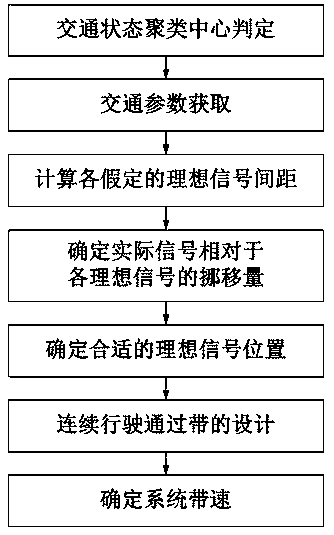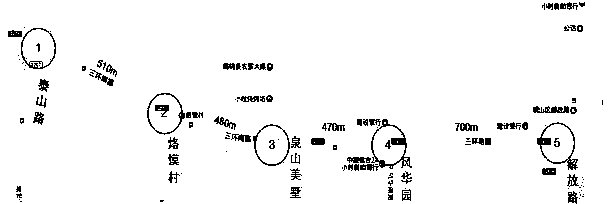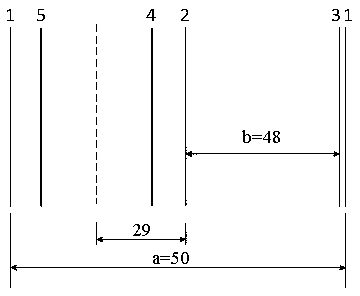Dynamic bidirectional green wave control method based on traffic state identification
A traffic state, two-way green wave technology, used in traffic control systems, road vehicle traffic control systems, traffic flow detection, etc.
- Summary
- Abstract
- Description
- Claims
- Application Information
AI Technical Summary
Problems solved by technology
Method used
Image
Examples
Embodiment Construction
[0051] Below in conjunction with accompanying drawing and specific embodiment the present invention is described in further detail:
[0052] The present invention provides a dynamic two-way green wave control method based on traffic state discrimination. Through real-time coordinated control of signalized intersections, vehicles on the main line can run smoothly, improve road traffic capacity, and solve the problem of increasing traffic congestion on the current urban main line. The problem has strong practical significance.
[0053] The technical scheme adopted in the present invention is as figure 1 A kind of two-way dynamic green wave control method of main traffic line shown, comprises the following steps:
[0054] (1) Judgment of traffic status clustering center;
[0055] The traffic flow data objects of the road are collected, based on the K-means cluster analysis method, the cluster centers of each traffic state are determined, and the average speed of the traffic flo...
PUM
 Login to View More
Login to View More Abstract
Description
Claims
Application Information
 Login to View More
Login to View More - R&D
- Intellectual Property
- Life Sciences
- Materials
- Tech Scout
- Unparalleled Data Quality
- Higher Quality Content
- 60% Fewer Hallucinations
Browse by: Latest US Patents, China's latest patents, Technical Efficacy Thesaurus, Application Domain, Technology Topic, Popular Technical Reports.
© 2025 PatSnap. All rights reserved.Legal|Privacy policy|Modern Slavery Act Transparency Statement|Sitemap|About US| Contact US: help@patsnap.com



